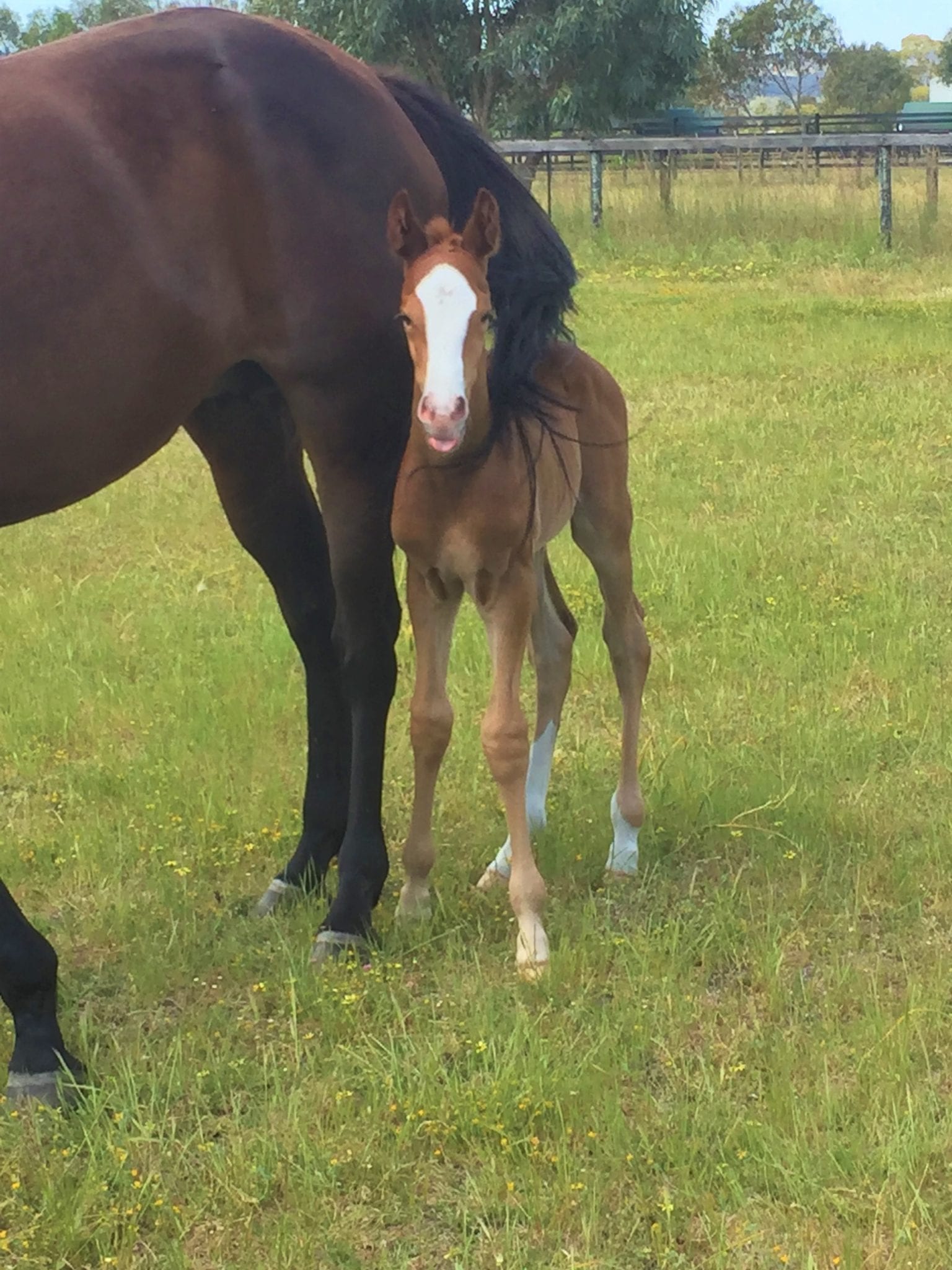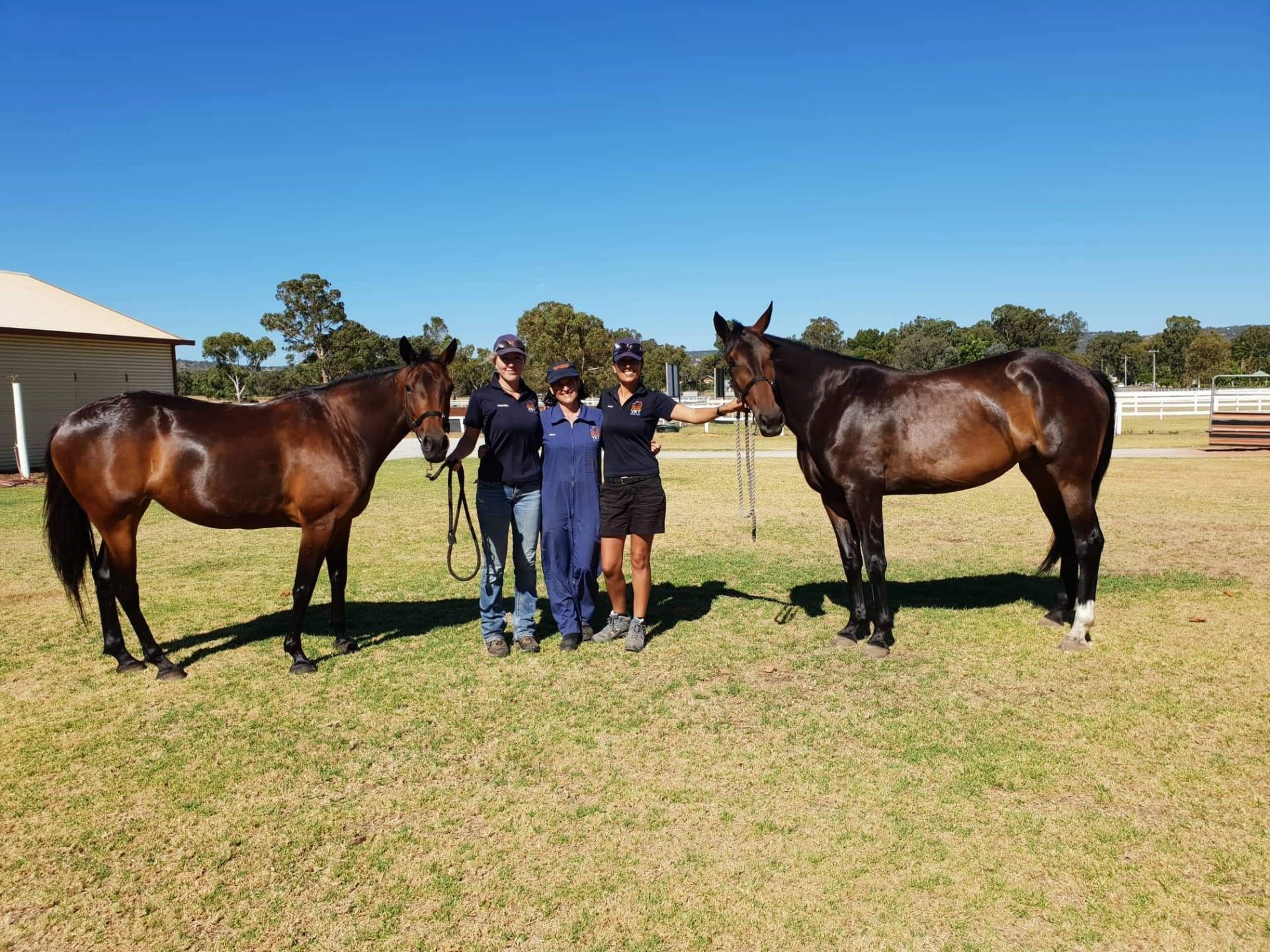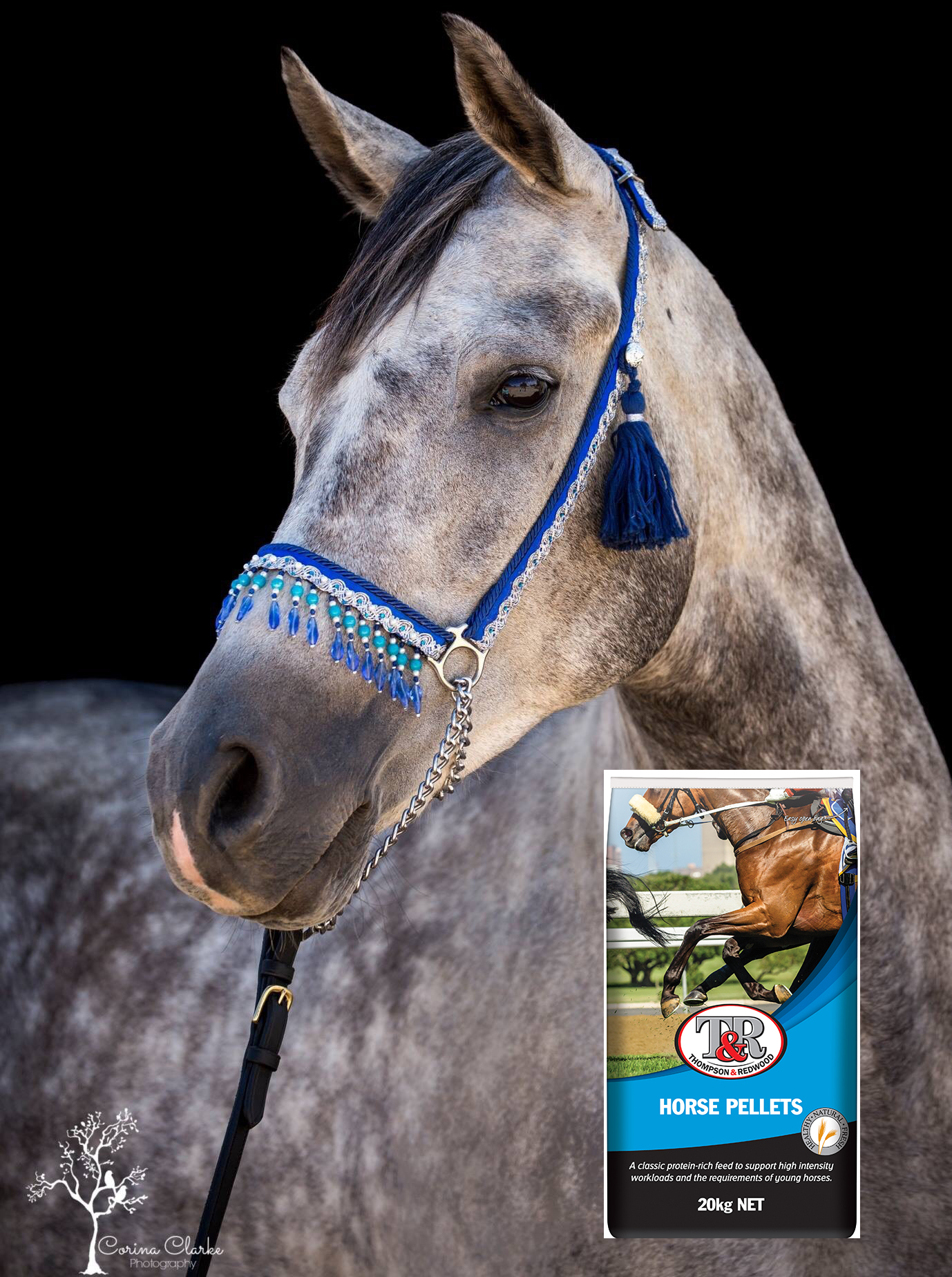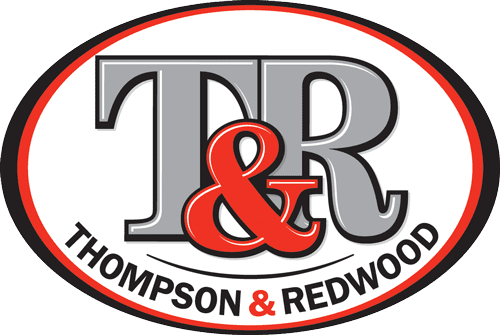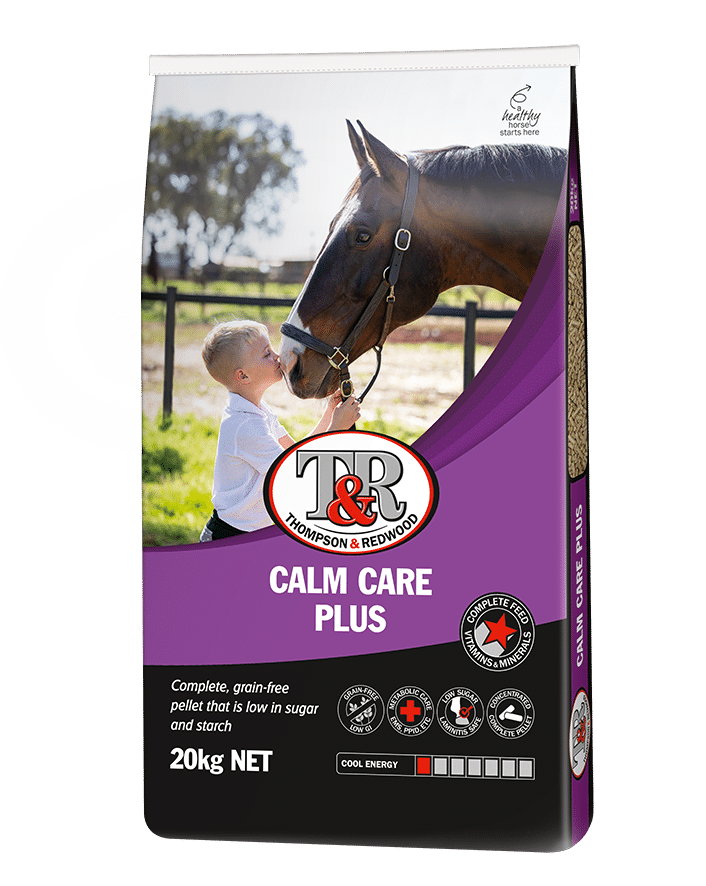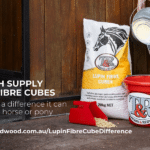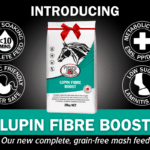
From grass roots to high performance, we have an equine feed to suit
A feed for (almost) every animal on the farm
Quality
Ruminant feeds to support productivity
We’re passionate about poultry
superior feed for broodmares, young stock & commercial studs
with added pre & probiotics
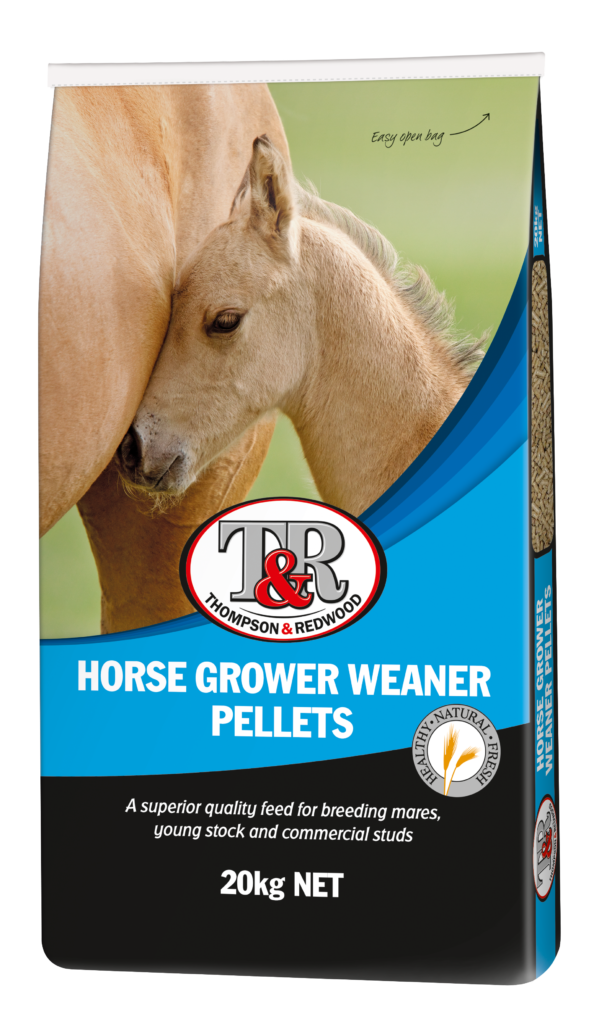
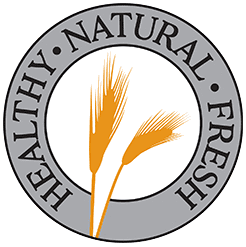
Making healthy, natural and fresh stock feed since 1985
Thompson & Redwood makes affordable and nutritionally balanced stock feed for the horse and agricultural
industries. Our recipes never change and are milled daily from Western Australian grain so you know what
you’re feeding is healthy, natural and fresh.
What's your
horse feeding challenge?
- Fizzy horse?
- Poor keeper?
- At risk of laminitis?
![]() Let our veterinary and nutrition team support you and your horse with our carefully formulated complete horse feeds.
Let our veterinary and nutrition team support you and your horse with our carefully formulated complete horse feeds.
Find the feed most suited to your horse or pony.
What's your
horse feeding challenge?
- Fizzy horse?
- Poor keeper?
- At risk of laminitis?
![]() Let our veterinary team support you and your horse with our carefully formulated complete horse feeds.
Let our veterinary team support you and your horse with our carefully formulated complete horse feeds.
Find the feed most suited to your horse or pony.
❗ HEALTH ALERT: Sand Colic ❗
There have been quite a few cases of sand colic popping up recently, and our conditions this season aren`t helping. Find out more about sand colic, diagnosis and some day-to-day management strategies to help prevent it ⬇
🐎 What is Sand Colic? It is colic or abdominal pain caused by the ingestion of and presence of sand in a horse`s gut. While it can be normal for horses to have a bit of sand present in their gut, large amounts can cause trouble, and some horses may be more prone to sand colic. The early signs can include diarrhoea and abdominal pain (biting at stomach, pawing or rolling).
🐎 Horses can ingest sand when grazing or picking up feed off the ground. At the moment many paddocks have short grass or are bare leading to more sand exposure. Where there has been some rain and fresh green pick growing, it can encourage horses to eat the grass down closer to the ground than normal which can mean they pick up more sand.
⚠️If you are worried about your horse and their sand colic risk, talk to your local vet. Abdominal x-rays are the preferred method for sand burden diagnosis and are a non-invasive check that your vet can perform easily.
For day-today prevention:
✅ Avoid overgrazing pastures, especially short pastures under 6-8cm high. This is the `growth zone` where all the sweet bits are, so horses and ponies get close to the ground and are more likely to pick up sand and debris.
✅ Keep water filled, clean and fresh to avoid dehydration.
✅ Feed quality hay to supplement shorter pastures. They need 1.5-2% of their body weight in fibre daily. Plenty of quality hay helps keep their guts moving, and the fibres can help to pick up and move little particles of sand and grit too.
✅ Place rubber mats under feed buckets, so that if they do drop feed, they don`t pick it up directly off the ground.
✅ Try to avoid feeding hay directly off the ground to minimise sand intake.
Jun 30

🟣 Do you feed Calm Care Plus? We want to hear from you! Tell us about your horse or pony`s Calm Care Plus transformation to go into the draw to take home a 3-month`s supply* of Calm Care Plus!
TO ENTER: Head to our website and fill in the form with your horse or pony`s story with our team >>
https://thompsonandredwood.com.au/giveaway-win-a-3-months-supply-of-calm-care-plus
Entries close Friday 1 August 2025, and a prize winner will be chosen by our nutrition team. Winners will be notified via the email provided.
*Prize includes 9 x 20kg bags, or 3 months` supply for a 500kg horse in moderate work (nearly 6 months` supply for a pony being fed 1kg per day!)
⚠️ Please be aware of scammers. We will not send you friend requests, invite you to join a group or ask you to input any financial details.
Jun 30

"He may be dirty and fluffy, but my retired gelding is glowing! He`s got great topline and look at that shine ✨✨✨ He`s on Lupin Fibre Boost and pasture, that`s all! I`m so happy with the results, his gut is better, his coat is better (he used to get terrible itch) and he`s so much happier. Thanks for a great feed."
Lupin Fibre Boost is so versatile, you can use it on its own, to boost pastures and even to balance out and top up other feeds to meet your horse`s daily requirements.
#lupinfibreboost #boost #seniorhorse #horsefeed #horsenutrition #tandrglow #fuelledbytandr
Jun 26

NEW PARTNERSHIP - we are so excited to join Off the Track WA as a supporter of their rehoming program and Herd Heroes initiatives.
Horses that are purchased through the program will receive a welcome pack to help them in their life after racing, and we`ve packed it full of goodies!
It includes:
✅ A handy drawstring gear bag, great for storage or packing things for events and competitions.
✅ A gift voucher for 2 x 20kg bags of T&R equine feed
✅ 2kg feed sample bags of Lupin Fibre Boost and Calm Care Plus
✅ A nutrition information booklet with handy tips on digestion and feeding for Off the Track horses
✅ Diet cards with suggested diets for Off the Track horses in various disciplines and stages of transition.
Our Herd Heroes initiative is for ex-racehorse owners who have an Off the Track Passport. You can sign up to our Herd Heroes membership area and receive an initial discount voucher on 2 x 20kg bags of feed, and then more discounts every 6 months. Join the program here: https://mailchi.mp/thompsonandredwood.com.au/tr-herd-hero-signup
Make sure you support Off the Track WA, and if you have an ex-racehorse, sign up for your Off the Track Passport.
Jun 25

⭐Get to know our Junior Ambassador Clara Dagostino - a young girl on a mission! ⭐
8-year-old Clara is from Oakford WA and has been riding since before she could walk. Clara loves competing in all disciplines including eventing, showjumping, pony club and show horse.
She is an active member of Wanneroo Horse and Pony Club where she thoroughly enjoys riding and learning with her friends. Clara has grown up at Oakford Equestrian Centre and loves being involved with the team environment at competitions.
Clara started by riding the school ponies, which gave her a fantastic confident start to her riding. She now has 3 main ponies of her own, and is currently competing Ted, Nia and Prinny - all regularly bringing home rugs and ribbons and all on a range of T&R products. Ted has EMS, and has been thriving on our Lupin Fibre mashes.
Her greatest achievements to date have been winning Capel, Harvey and Brigadoon CCN’s and qualifying for both EA and SHC Nationals and representing WA in Sydney.
We`ve been watching Clara`s journey for a while, and are proud to support her as a Junior Ambassador.
#teamtandr #teamthompsonandredwood #sponsoredrider #eventing #jumping #pony #horseriding #fuelledbytandr @bec_dagostino Mike Dagostino
Jun 23

Give your horse a natural warming boost this winter with a high fibre mash soaked in warm water. Fibre has a high heat increment, which means it produces body heat when digested.
Adding some warm water to their Lupin Fibre Cubes or Lupin Fibre Boost is not only a warming treat, but it can also encourage them to eat on a cold morning and decrease the soak time to under 5 minutes.
#lupinfibrecubes #lupinfibreboost #fibremash #warmmash
Jun 19

Hear what customer Sarah has to say about Nelson: "An Epic T&R Senior Transformation! This is Nelson, he is an off the track TB born in 2009. I was actually his yearling handler at Heytesbury Stud when he went through yearling sales. So that is an incredibly small world!
He is living in Kununurra and before feeding the T&R Senior Horse Cubes was struggling with his weight/condition/QLD itch especially with the wet season and build up.
Since moving onto the Senior Cubes he has blossomed. I`m currently waiting for some bags of the new Lupin boost to arrive to try!!"
Sarah is currently leasing Nelson, and her daughter is getting him ready to ride at Kununurra show. Good luck Nelson, and thanks Sarah for sharing his story with us.
#transformation #horsenutrition #horsefeed #horsecubesforseniors #seniorhorsecubes #conditioningfeed #thoroughbred #offthetrack
Jun 18

HAY - How much do you know about the hay you are feeding? Here is some information about hay types, and some important things to be aware of with each:
Teff
➡️Teff is a warm season grass species that can be fed as hay for horses.
⚠️The starch and sugar analysis of Teff can vary, so while it can be considered low in sugar and starch, it isn`t always below a safe level for laminitis/metabolic condition prone horses and ponies.
⚠️Teff (being a C4 species) does contain moderate to high levels of oxalates, so you will need to supplement to reduce the risk of bighead disease.
⚠️ Teff has caused some behavioural changes in horses, linked to alkalosis (showing a high pH result in manure).
Barley
Barley hay or straw can be fed to horses but should be an awn-less variety. The `awns` are the stiff bristles that can grow on the barley head. It does have a similar nutrient profile to Oaten Hay, with NSC often over 16%.
⚠️Both the hay and straw are not suitable for horses prone to laminitis or metabolic conditions.
⚠️Being a cereal it can provide more energy, so be aware of re-balancing energy levels if you notice behavioural changes
⚠️ Watch out for hay that has seed heads that still contain the grain.
Oaten or Wheaten
Oaten and wheaten hay are cereal hays, and a good source of fibre but both the hay and straws are quite high in NSC.
⚠️ WA`s Oaten hay consistently tests between 30-38% but has been recorded as high as 42.63% in Southwest WA.
⚠️ Wheaten has an NSC of around 28.8%
⚠️ They are not suitable for horses prone to laminitis or metabolic conditions
⚠️ If feeding Oaten, make sure you they are not getting too much energy
Rhodes Grass
Rhodes grass is a good quality, low sugar and starch hay, that is low enough in oxalates not to pose a bighead risk. It is more consistent and reliable than teff when it comes to the sugar and starch levels.
⚠️ Rhodes can be high in calcium, iron and potassium, but low in phosphorus and magnesium, so make sure you re-balance your horse`s diet in case they need supplementation.
Jun 17

It`s Friday the 13th! Did you know that black horses, like black cats were considered bad luck in some European folklore? Supposedly it was especially bad luck if they crossed your path on Friday the 13th.
There are all sorts of superstitions about horses that have appeared throughout history, but luckily there is nothing unlucky about a horse or pony with a shiny black coat - it`s actually a sign of good health and well-balanced nutrition 😉
#fridaythe13th #horsefacts #horsehistory
Jun 13

How does feeding fibre help to keep your horse warm in winter? Quality sources of fibre and forages can produce large amounts of body heat when they are digested and fermented, to help keep your horse warm from the inside out during the colder months. Fibre has a higher heat increment (HI) than grains, which do not produce a lot of body heat when consumed.
A horse or pony should be consuming 1.5-2% of their body weight in fibre/forage every day. For a 500kg horse, that’s between 7.5 and 10kg of hay per day!
A diet high in fibre and low in starch not only gives off heat through fermentation but feeds the good bugs in your horse’s hindgut to keep it functioning and healthy.
Feeding a fibre mash like Lupin Fibre Cubes can boost the quality fibre in your horse`s diet and help them to maintain their body heat naturally throughout the colder months.
💡TIP - soak Lupin Fibre Cubes with warm water in winter, for an extra-speedy soak time and nutritious, toasty treat.
Jun 11

❗ HEALTH ALERT: Sand Colic ❗
There have been quite a few cases of sand colic popping up recently, and our conditions this season aren't helping. Find out more about sand colic, diagnosis and some day-to-day management strategies to help prevent it ⬇
🐎 What is Sand Colic? It is colic or abdominal pain caused by the ingestion of and presence of sand in a horse's gut. While it can be normal for horses to have a bit of sand present in their gut, large amounts can cause trouble, and some horses may be more prone to sand colic. The early signs can include diarrhoea and abdominal pain (biting at stomach, pawing or rolling).
🐎 Horses can ingest sand when grazing or picking up feed off the ground. At the moment many paddocks have short grass or are bare leading to more sand exposure. Where there has been some rain and fresh green pick growing, it can encourage horses to eat the grass down closer to the ground than normal which can mean they pick up more sand.
⚠️If you are worried about your horse and their sand colic risk, talk to your local vet. Abdominal x-rays are the preferred method for sand burden diagnosis and are a non-invasive check that your vet can perform easily.
For day-today prevention:
✅ Avoid overgrazing pastures, especially short pastures under 6-8cm high. This is the 'growth zone' where all the sweet bits are, so horses and ponies get close to the ground and are more likely to pick up sand and debris.
✅ Keep water filled, clean and fresh to avoid dehydration.
✅ Feed quality hay to supplement shorter pastures. They need 1.5-2% of their body weight in fibre daily. Plenty of quality hay helps keep their guts moving, and the fibres can help to pick up and move little particles of sand and grit too.
✅ Place rubber mats under feed buckets, so that if they do drop feed, they don't pick it up directly off the ground.
✅ Try to avoid feeding hay directly off the ground to minimise sand intake.
✅ PSYLLIUM HUSKS: feeding psyllium husks regularly can help to reduce sand accumulation. Talk to your vet for the correct dosage and frequency for your horse. NOTE: do not feed psyllium husks to a horse that is already colicky, even if only showing early signs as they can make it worse!
💡TIP: Mix psyllium husks with oil rather than water to stop them going 'gluggy' and unpalatable.
... See MoreSee Less

- likes 13
- Shares: 6
- Comments: 0
0 CommentsComment on Facebook
🟣 Do you feed Calm Care Plus? We want to hear from you! Tell us about your horse or pony's Calm Care Plus transformation to go into the draw to take home a 3-month's supply* of Calm Care Plus!
TO ENTER: Head to our website and fill in the form with your horse or pony's story with our team >>
thompsonandredwood.com.au/giveaway-win-a-3-months-supply-of-calm-care-plus
Entries close Friday 1 August 2025, and a prize winner will be chosen by our nutrition team. Winners will be notified via the email provided.
*Prize includes 9 x 20kg bags, or 3 months' supply for a 500kg horse in moderate work (nearly 6 months' supply for a pony being fed 1kg per day!)
⚠️ Please be aware of scammers. We will not send you friend requests, invite you to join a group or ask you to input any financial details.
... See MoreSee Less

3 CommentsComment on Facebook
"He may be dirty and fluffy, but my retired gelding is glowing! He's got great topline and look at that shine ✨✨✨ He's on Lupin Fibre Boost and pasture, that's all! I'm so happy with the results, his gut is better, his coat is better (he used to get terrible itch) and he's so much happier. Thanks for a great feed."
Lupin Fibre Boost is so versatile, you can use it on its own, to boost pastures and even to balance out and top up other feeds to meet your horse's daily requirements.
#lupinfibreboost #boost #seniorhorse #horsefeed #horsenutrition #tandrglow #fuelledbytandr
... See MoreSee Less

0 CommentsComment on Facebook
... See MoreSee Less

1 CommentsComment on Facebook
NEW PARTNERSHIP - we are so excited to join Off the Track WA as a supporter of their rehoming program and Herd Heroes initiatives.
Horses that are purchased through the program will receive a welcome pack to help them in their life after racing, and we've packed it full of goodies!
It includes:
✅ A handy drawstring gear bag, great for storage or packing things for events and competitions.
✅ A gift voucher for 2 x 20kg bags of T&R equine feed
✅ 2kg feed sample bags of Lupin Fibre Boost and Calm Care Plus
✅ A nutrition information booklet with handy tips on digestion and feeding for Off the Track horses
✅ Diet cards with suggested diets for Off the Track horses in various disciplines and stages of transition.
Our Herd Heroes initiative is for ex-racehorse owners who have an Off the Track Passport. You can sign up to our Herd Heroes membership area and receive an initial discount voucher on 2 x 20kg bags of feed, and then more discounts every 6 months. Join the program here: mailchi.mp/thompsonandredwood.com.au/tr-herd-hero-signup
Make sure you support Off the Track WA, and if you have an ex-racehorse, sign up for your Off the Track Passport.
... See MoreSee Less

5 CommentsComment on Facebook
